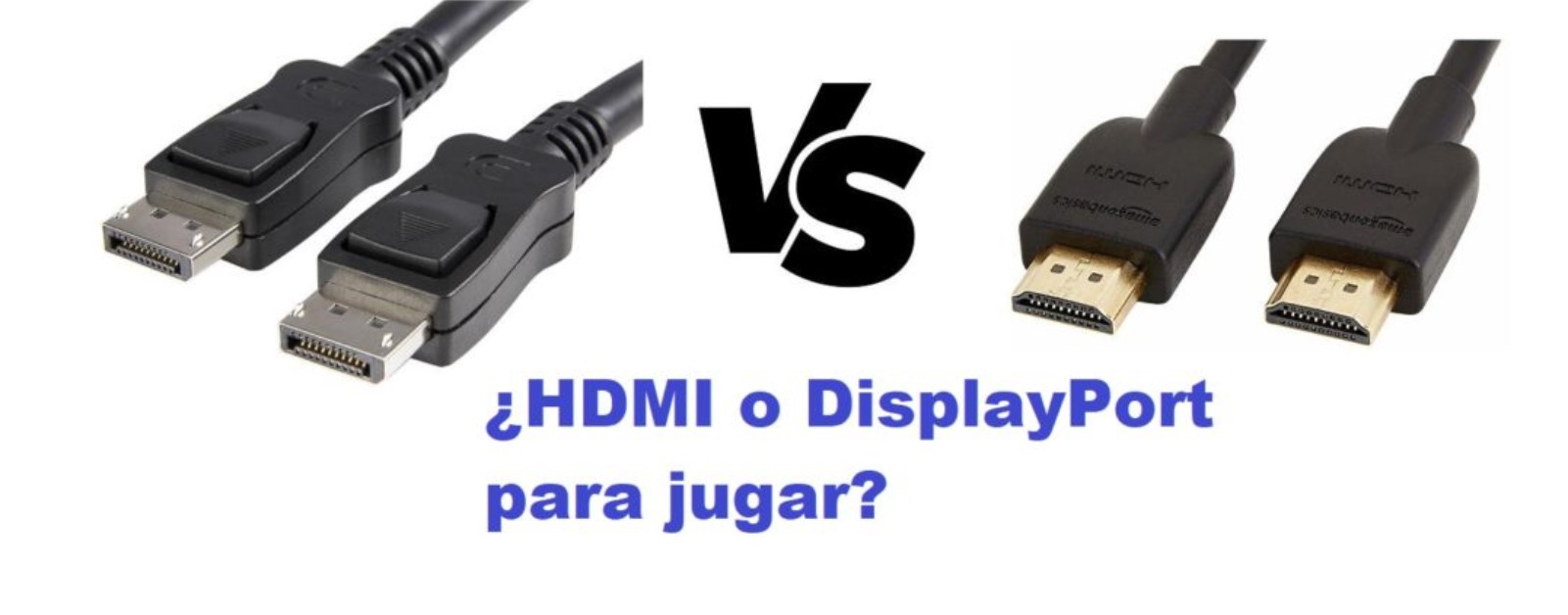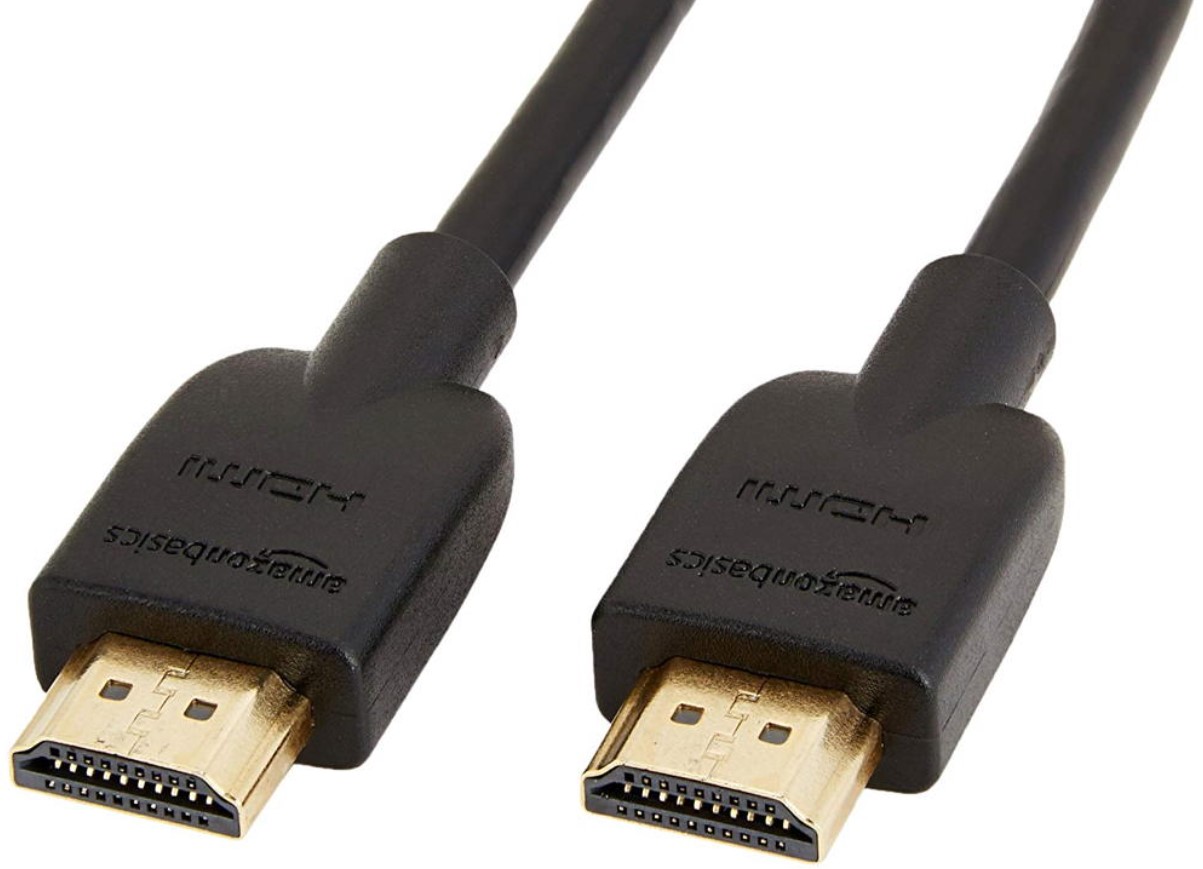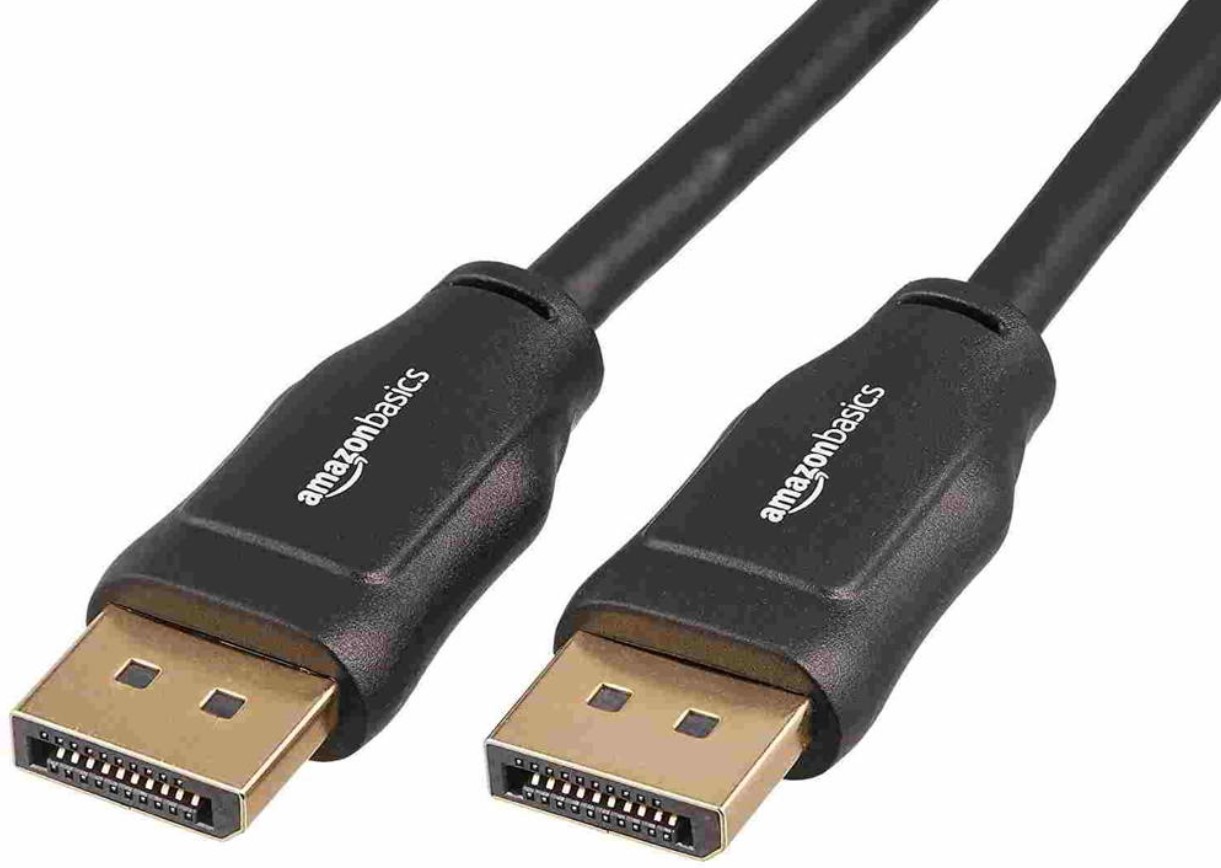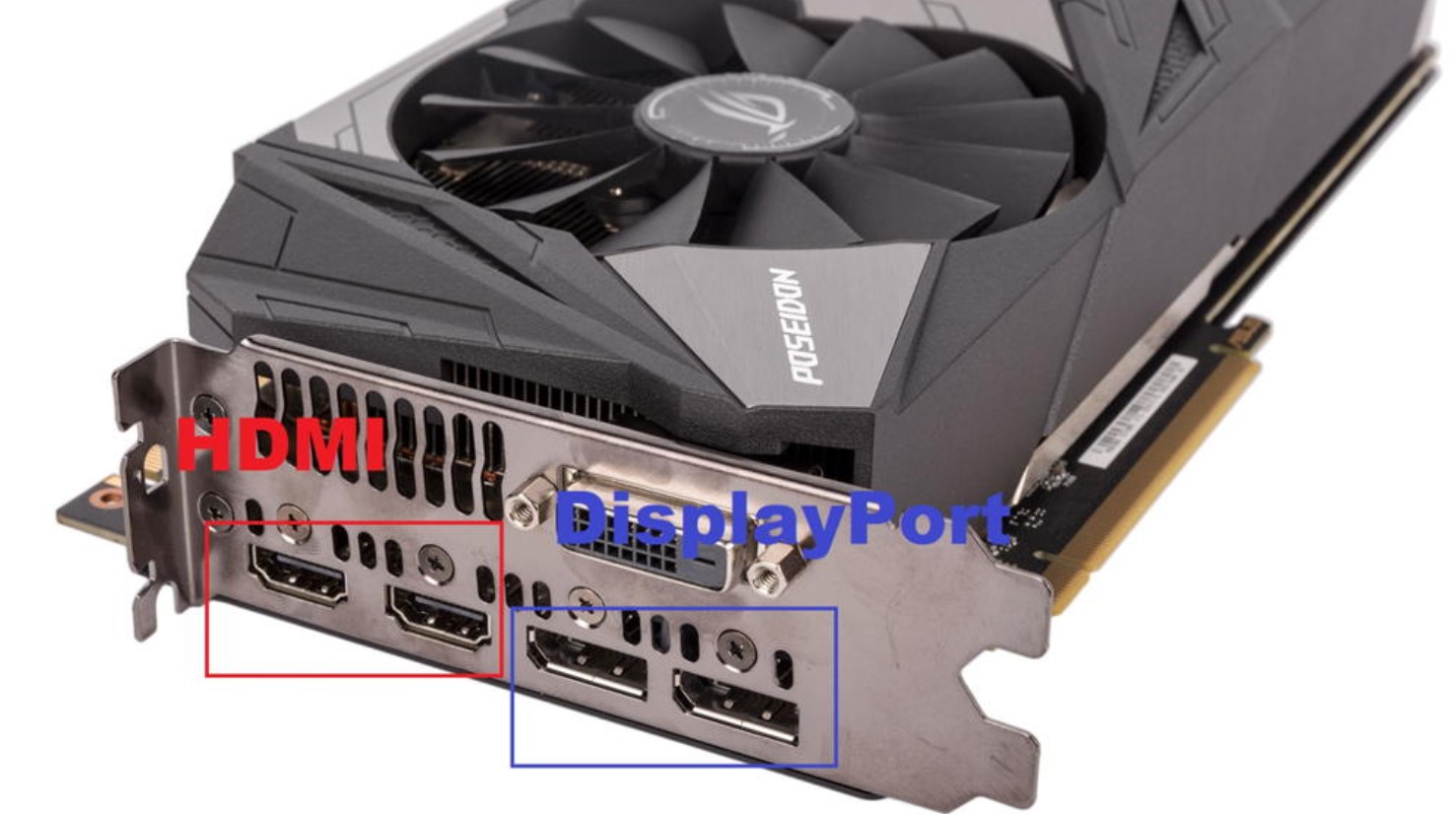
DisplayPort and HDMI are the two most widely used video interfaces today. These two protocols pursue the same purpose but have different characteristics. This post analyzes which is the best alternative to play on a PC. Are you ready? we started
HDMI, THE MOST WIDESPREAD DIGITAL MULTIMEDIA INTERFACE

HDMI is multimedia’s most widely used digital video interface, but that doesn’t necessarily mean it’s the best. The latest version available is HDMI 2.1, which offers an incredible 48 Gb/s bandwidth. This is enough to transmit video at a maximum of 8K and 60 Hz resolution.
If we go down to 4K resolution, we find that HDMI 2.1 can handle video at 120 Hz to offer better fluidity. But HDMI not only transmits video, but this interface also supports many sound technologies such as Dolby Digital, DTS-HD Master Audio, and Dolby TrueHD.
One limitation of HDMI is that it only supports one screen per connection, which limits us to transferring one video and one audio track. If we want more, we will necessarily need to use more connections. Multi-screen setups are becoming increasingly common among gamers and other PC users. P graphics cards usually include multiple HDMI ports, so it’s not a real problem beyond the biggest mess of cables we can have.
There are several versions of the HDMI cable. Below we summarize the most common:
- Standard HDMI Cable: Allows video at 720p or 1080i resolution.
- HDMI Cable with Ethernet: Adds support for 100Mbps networks.
- High-Speed HDMI Cable: Allows for higher resolutions and supports 3D images. It is currently the most widely used.
- High-Speed HDMI Cable with Ethernet: Combines High-Speed cable with 100Mbps internet support.
DISPLAYPORT, HDMI’S BIGGEST RIVAL

As for DisplayPort, it is a much more modern digital video interface than HDMI. The current version is DisplayPort 1.4, which offers a bandwidth of 32.4 Gb/s and supports video at 8K 60 Hz or 4K 120 Hz. The bandwidth is less than HDMI 2.1, but it does not affect it to handle very high resolutions. DisplayPort does not have support for Ethernet networks.
One advantage of DisplayPort is that it is a very versatile connector. We can use adapters to convert its signal to DVI, HDMI, VGA, and even USB Type C standards, which can integrate DisplayPort functionality. This makes DisplayPort a more all-rounder port than HDMI. It also supports the most modern audio technologies, like HDMI.
Another important advantage of DisplayPort is that it can drive up to four monitors with a single connection. This is important for gamers using multiple monitors and video and photo editing professionals. With this, you can have a tidier desk with fewer cables. Current graphics cards allow up to six monitors using DisplayPort.

CONCLUSION
HDMI 2.1 and DisplayPort 1.4 can transmit video at 8K 60Hz or 4K 120Hz. This means that most users will have no difference between them. There will be no difference in gaming fluidity between the two. Interfaces.
| HDMI 2.1 | Display Port 1.4 | |
| Video | 8K@60hz
4K@120Hz |
8K@60hz
4K@120Hz |
| monitors | 1 per connection | Up to 4 per connection |
| Internet support | 1000MB/s | No |
Digging deeper, DisplayPort is a better alternative for gamers with multi-monitor setups, this can also be done with HDMI, but with multiple video cables coming out of the PC, versus just one in the case of DisplayPort. These types of players are a minority, but they are usually the most demanding.
HDMI can also pull its weight with support for 100 Mbps Internet networks, something its rival can only dream of for now.
What is your preferred interface? We want to know your opinion.

I am a writer with eight years of experience writing in business and technology. I always carry a passion for learning and discovering new knowledge.

